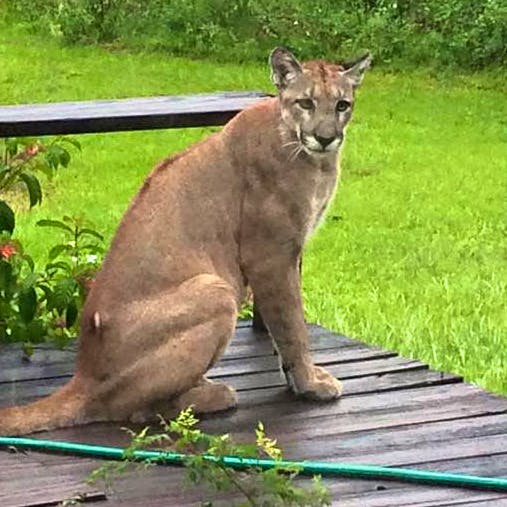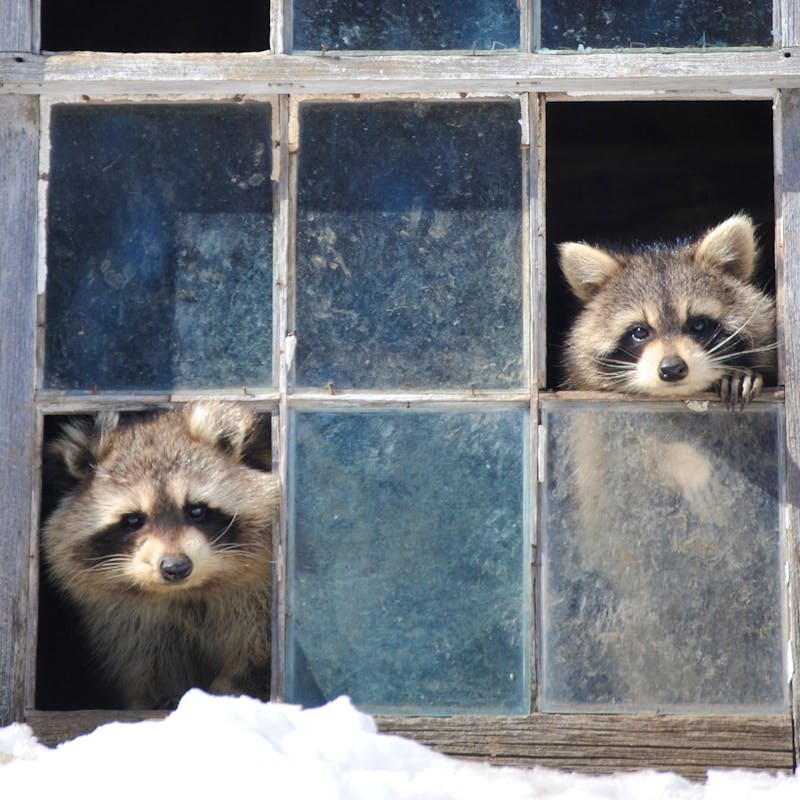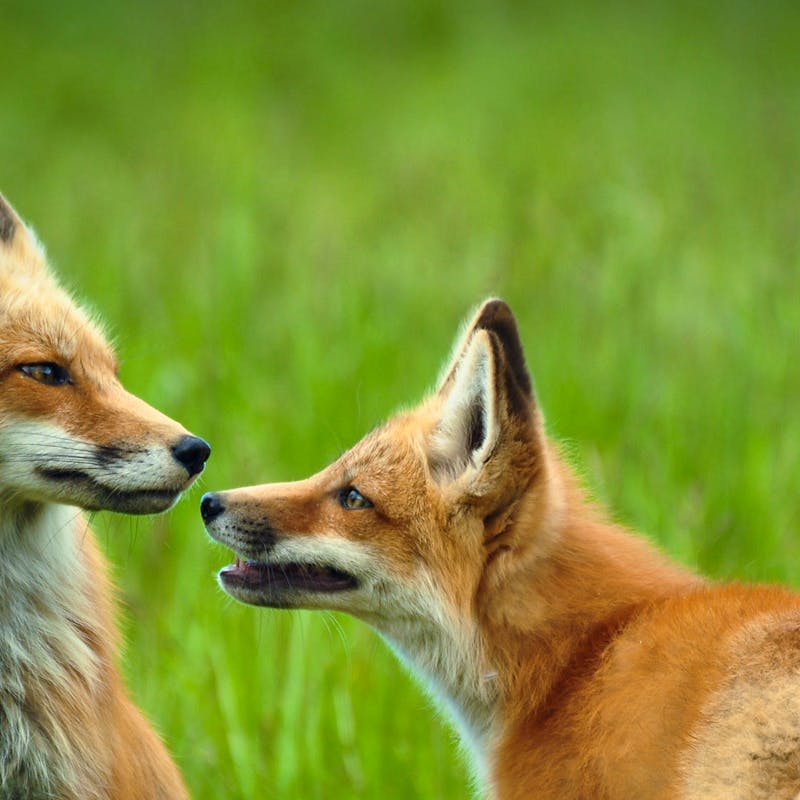Deterring Red Wolves from your Property:
Feed your pets indoors if possible. Take your bowls and food bags inside.
Be wary of using one sound for an extended period of time; Red Wolves can become used to the deterrents.
LGD breeds have been used for centuries to protect properties; properly trained dogs can be excellent for your own!
Characteristics of Red Wolves:
* Red wolves are easy to mistake with coyotes, here are some important differences *
- Reddish-brown tints to their fur
- Taller than coyotes, wider facial structure (more “dog-like”)
- In the NC recovery area, most Red Wolves wear orange reflective collars, while coyotes wear black collars.
What to do if you see a Red Wolf:
It is not advised to shoot a Red Wolf if you see it on your property, instead try these methods:
Be Big and Loud
Known as hazing, making loud noises and making yourself appear threatening is the most common advice for deterring wildlife.
- Noisemakers/shouting
- Waving arms
- Protect small pets and livestock with appropriate fencing and lighting
Call Wildlife Experts
Red wolves are an endangered species; call the U.S. Fish & Wildlife Service if you’re dealing with Red Wolf sightings or interactions on your property.
The Red Wolf Hotline is open 24 hours a day: 1-855-4WOLVES (496-5837) or you can email USFWS at redwolf@fws.gov.
Contact Defenders of Wildlife for a coexistence toolkit at southeastoffice@defenders.org
Get Help With a Wildlife Conflict
Contact our Southeastern Region staff with your wildlife interaction questions.












